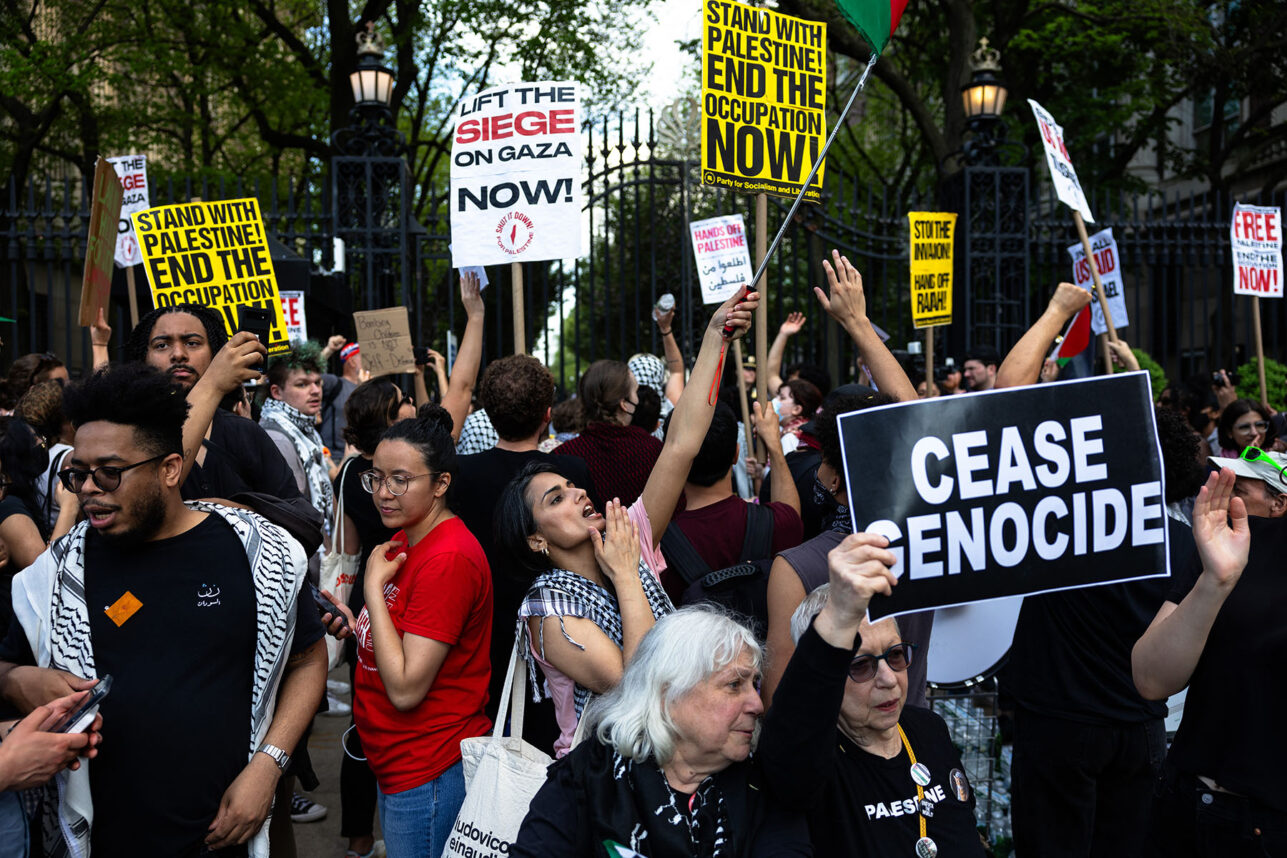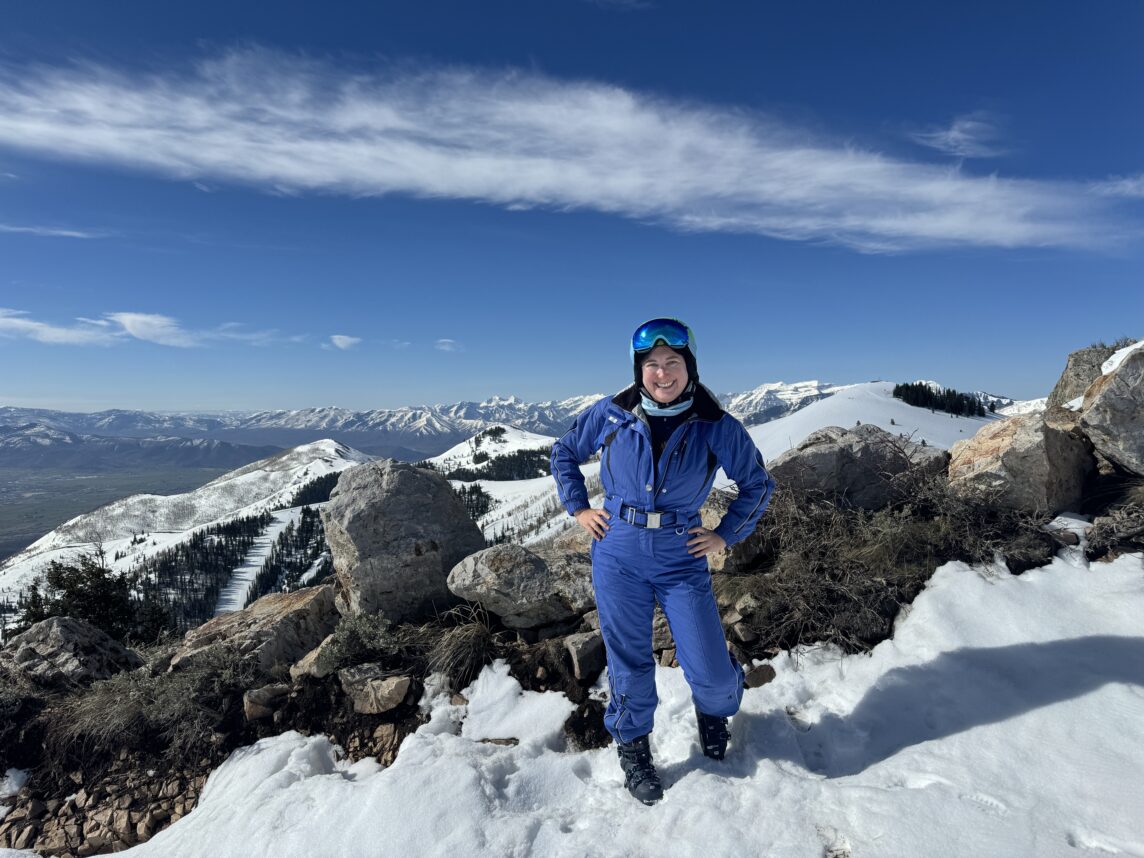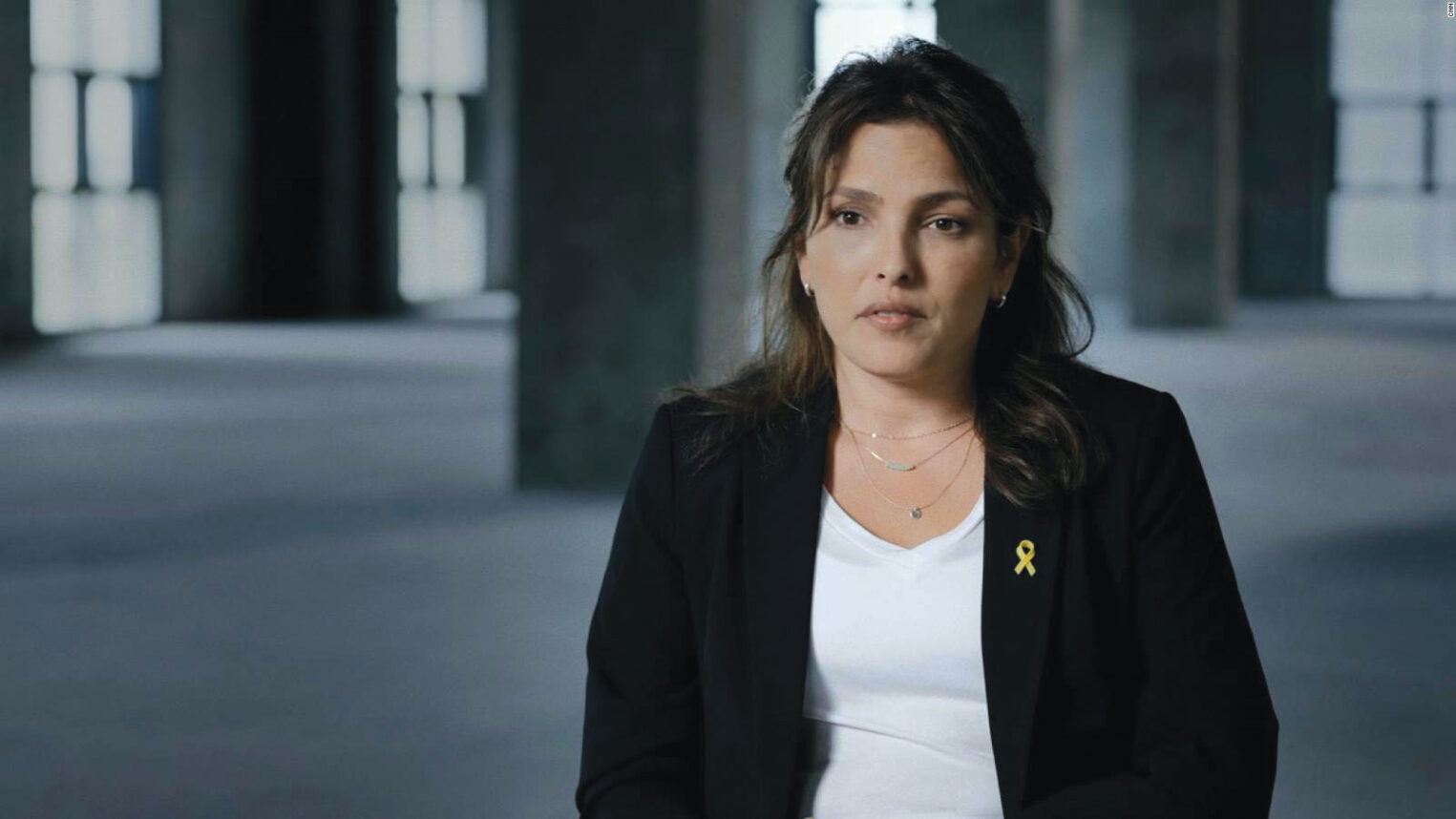Jewish groups don’t endorse U.S. Supreme Court nominees, at least in writing.
The tears and choked sobs when Sonia Sotomayor accepted President Obama’s nomination on Tuesday told another story.
Packed into the room along with Sotomayor’s family, friends and colleagues were representatives of Jewish groups that have consulted with the White House about prospective replacements for David Souter.
The story of her life—the daughter of a Puerto Rican single mother from the Bronx, N.Y., whose ambitions knew no bounds—resounded with a community that has made the story of immigrant triumph over struggle a template of Jewish American success.
“It was impossible not to moved by her personal story,” said Mark Pelavin, the associate director of the Reform movement’s Religious Action Center. “To see her mother sitting there and think about what this says about her and her country—the combination of someone who grew up in a housing project, who has been on the bench for a long time, but who has been a prosecutor as well, that combination is very powerful.”
“It was thrilling,” said Sammie Moshenberg, the Washington director of the National Council of Jewish Women.
It doesn’t hurt that Sotomayor, 54, is a poster child for strong Jewish-Hispanic relations. In 1986, when she was in private legal practice, she joined one of the first young leadership tours of Israel sponsored by Project Interchange, which is affiliated with the American Jewish Committee.
Sotomayor so enjoyed the country—its immigrant culture, its popular music influenced heavily by Jewish immigrants from Argentina and Brazil—that she made a return visit in 1996 when she was a federal judge, and recently joined a Project Interchange U.S.-Israel forum on immigration. In the process, she formed a lifelong friendship with Project Interchange founder Debbie Berger and her husband, Paul, who attended her swearing-in as a Manhattan appeals court judge in 1998.
“She enjoyed Israel not just from an intellectual perspective, she liked the music and the people,” Paul Berger told JTA.
Richard Foltin, the legislative director for the AJC, said her background naturally played a role in how the Jewish community would welcome her.
“We must recognize the significance of the third woman and first Hispanic on the court,” he said. “And there’s no question of her impressive qualifications.”
Sotomayor would come to the Supreme Court with one of the longest bench careers in its history, having handed down or joined 3,000 decisions in 18 years as a federal and appeals court judge. That’s a lot to read through and accounted for a degree of hesitancy from Jewish groups that were enthused about her life story but just getting to know her judicial record.
“I’ve got a bunch of opinions in my briefcase and it’s time to start reading,” Pelavin said.
The National Council of Jewish Women—one of the few Jewish groups that expresses an opinion on judicial candidates—has yet to announce where it stands. Whatever the case, said Nancy Ratzan, the NCJW’s president, the organization would dedicate itself to ensuring that Sotomayor receives a fair hearing.
“Our 90,000 followers will be focused on making sure it’s a fair and prompt process that focuses on her record,” she said.
NCJW and the Religious Action Center will canvass members for appropriate questions for Sotomayor during the confirmation process; the questions will be relayed to the U.S. Senate Judicary Committee.
Leaders of the Anti-Defamation League issued a statement calling for a process that is conducted “professionally, and with civility and respect,” and praised the pick while stopping short of an official endorsement.
“We applaud President Obama for having selected this noted jurist to be the Court’s first Hispanic and third woman Justice,” the ADL leaders stated. “If confirmed, she will undoubtedly bring an important new perspective to the work of the Court.”
Even the Orthodox Union, which tends to stake our more conservative ground than other Jewish organizations on church-state issues, spoke positively about Sotomayor, citing several religious freedom-related cases.
In a 1993 case, she upheld the constitutional right of a rabbi in White Plains, N.Y., to display a menorah in a city park. In two other cases, in 1994 and 2003, Sotomayor upheld prisoners’ religious rights even though the practices in question did not conform with mainstream beliefs. And in 2006, she ruled that allowing federal age discrimination statutes to apply to a 70-year-old minister dismissed by the Methodist church would constitute unwarranted government interference in church affairs.
Those decisions, OU said, were “very encouraging.”
Marc Stern, the legal counsel for the American Jewish Congress, predicted that Sotomayor’s long bench experience ultimately will be a plus. More time on the bench shaping reasoned opinions made her less of a target than other nominees—like Lani Gunier, Robert Bork and Samuel Alito—whose years pushing intellectual boundaries in the halls of academe handed fodder to opponents seeking controversial statements.
Additionally, the 2nd Circuit of Appeals—based in Manhattan and covering New York, Connecticut and Vermont—deals with cases emerging from courts and legislatures that already trend liberal. That means it is less likely to address issues such as abortion and discrimination that often exercise Jewish groups.
“There’s no track record that anyone can point to,” Stern said. “There’s not likely going to be a whole lot there as a smoking gun.”






















 More news and opinions than at a Shabbat dinner, right in your inbox.
More news and opinions than at a Shabbat dinner, right in your inbox.